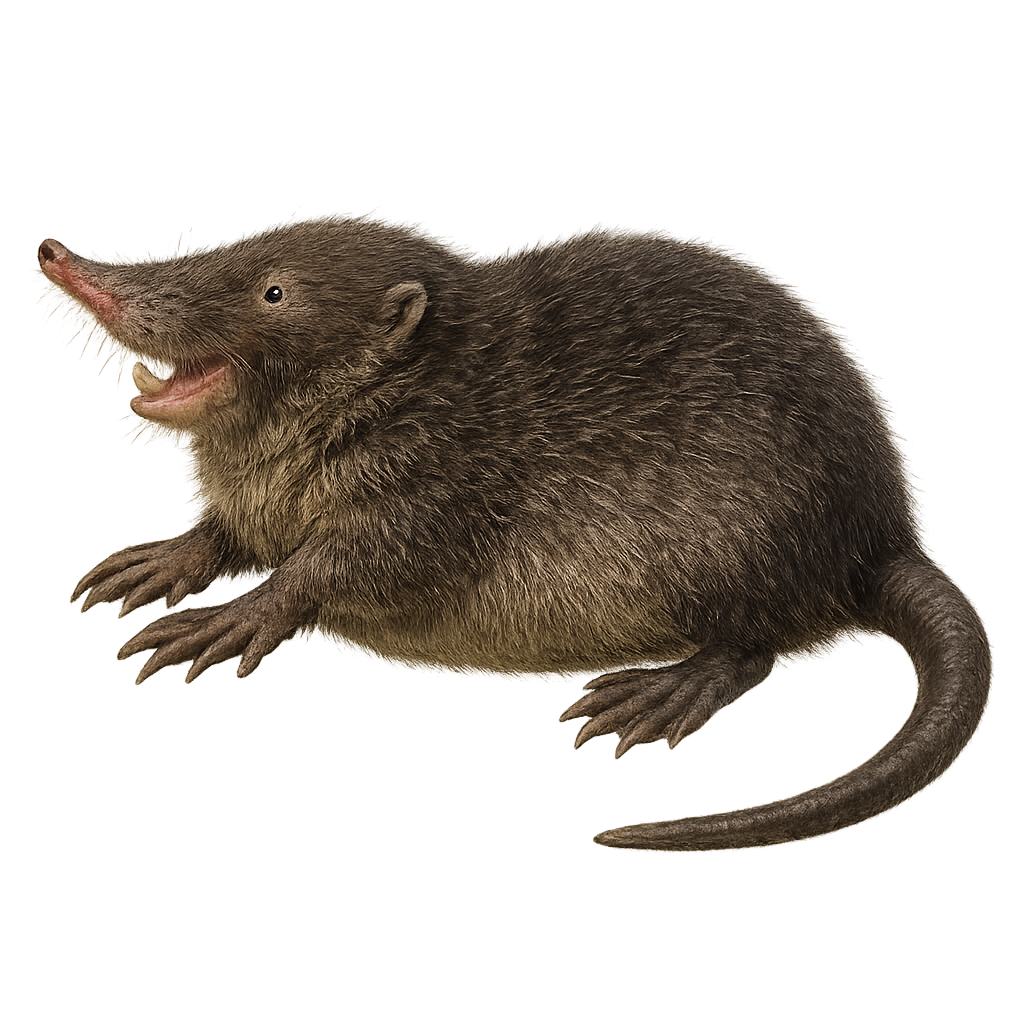Your wildlife photography guide.
Explore the russian desman in detail, study its behavior, prepare your shots.
Where to observe and photograph the russian desman in the wild
Learn where and when to spot the russian desman in the wild, how to identify the species based on distinctive features, and what natural environments it inhabits. The WildlifePhotographer app offers tailored photography tips that reflect the russian desman’s behavior, helping you capture better wildlife images. Explore the full species profile for key information including description, habitat, active periods, and approach techniques.
Russian Desman
Scientific name: Desmana moschata

IUCN Status: Vulnerable
Family: TALPIDAE
Group: Mammals
Sensitivity to human approach: Suspicious
Minimum approach distance: 10 m
Rut period: February to March
Gestation: 45-49 jours
Births: March to May
Habitat:
wetlands, rivers, lakes
Activity period :
Mainly active at night, generally discreet during the day.
Identification and description:
The Russian Desman, or Desmana moschata, is a small semi-aquatic mammal belonging to the Talpidae family. It is primarily found in the wet regions of Russia and Ukraine. This peculiar animal has a long, flexible snout and a flattened tail, which allow it to move easily in water. Its dense, waterproof fur protects it from the cold, while its webbed feet facilitate swimming. The Russian Desman is a nocturnal animal, feeding mainly on aquatic insects, small fish, and crustaceans. Unfortunately, it is threatened by habitat destruction and water pollution, leading to a significant decline in its population.
Recommended lens:
400 mm – adjust based on distance, desired framing (portrait or habitat), and approach conditions.
Photography tips:
To photograph the Russian Desman, it is essential to be patient and discreet. Focus on nighttime hours when the animal is most active. Use a telephoto lens of at least 400mm to capture detailed images from a distance without disturbing its habitat. A tripod can be useful for stabilizing your camera in low-light conditions. Pay attention to subtle movements on the water's surface, which indicate the presence of the desman.
The WildlifePhotographer App is coming soon!
Be the first to explore the best nature spots, track rutting seasons, log your observations, and observe more wildlife.
Already 1 439 wildlife lovers subscribed worldwide

